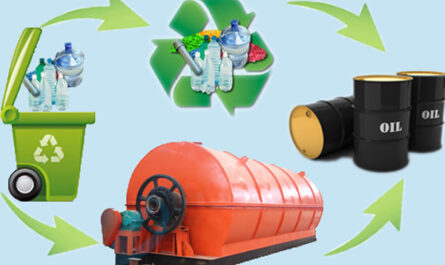Introduction to Trivalent Chromium Finishing
Trivalent chromium finishing is a process that uses trivalent chromium, also known as chromium III, to produce a protective and decorative coating on metal surfaces. In this multi-step electroplating technique, trivalent chromium ions are deposited onto a substrate like steel or aluminum through electrolysis to form a thin layer. This layer protects the base metal from corrosion and also improves factors like wear and abrasion resistance.
History and Development of Trivalent Chromium Plating
Chromium electroplating was first developed in the 1920s using the more toxic hexavalent form of chromium, also known as chromium VI. This variant posed serious health risks to workers due to its carcinogenic nature. Starting in the 1990s, the metal finishing industry began shifting towards trivalent chromium plating as a safer alternative. extensive research demonstrated that trivalent chromium is much less toxic and bioavailable compared to the hexavalent form. Today, trivalent chromium has become the industry standard for functional and decorative chromium platings.
Process and Chemistry of Trivalent Chromium Plating
Trivalent Chromium plating involves a series of steps:
– Surface Preparation: The substrate is carefully cleaned and activated to ensure proper adherence of the chromium layer.
– Plating Bath: The negatively charged substrate is immersed in an electrolyte solution containing trivalent chromium ions, supplied usually as chromium chloride or sulfate.
– Electrolysis: A low DC current is applied, causing the positively charged chromium ions to be reduced onto the cathode surface. This deposition builds up a uniform chromium coating only a few microns thick.
– Rinsing and Sealing: The plated part is rinsed with water to remove any residues, and then sealed if required to prevent corrosion.
The electroplating bath maintains trivalent chromium using complexing agents that help keep the ions stabilized in solution. Unlike the hex form, trivalent chromium does not readily convert to more oxidized and toxic states under normal operating conditions.
Advantages of Trivalent Chromium Plating
Some key benefits of trivalent chromium plating include:
– Environmental friendliness: Trivalent chromium is much less hazardous than hexavalent chromium. Modern baths minimize environmental and worker exposure.
– Corrosion resistance: The thin, uniform chromium layer protects metals against rust and corrosion from various environmental exposures.
– Hardness and wear resistance: With a Vickers hardness of over 1000 HV, the plating delivers excellent abrasion and scratch resistance for components.
– Aesthetics: Provides an attractive, silvery-colored finish suitable for applications requiring an elegant decorative coating.
– Low friction: The smooth plating reduces coefficient of friction and assists lubricated mechanical parts.
– Electrical properties: Acts as an excellent electrical grounding layer owing to its conductivity.
Areas of Application
Thanks to the above advantages, trivalent chromium plating found usage in diverse industries for functional and aesthetic purposes. Some key application areas include:
– Automotive: Under-the-hood components, bolts, nuts and fasteners requiring corrosion protection and mechanical sturdiness.
– Aerospace: Critical aircraft parts like landing gears and engine components with stringent specifications.
-Architecture: Decorative chromium fittings in elevators, doors and other architectural hardware.
– Furniture: Chrome plating lends durability and shine to fixtures, handles and trim pieces.
-Military equipment: Weapon parts, vehicle frames and electrical contacts where corrosion resistance is paramount.
In conclusion, trivalent chromium finishing is an eco-friendly and effective surface treatment option that addresses previous toxicity concerns with earlier chromium electroplating processes. It supplies corrosion protection, hardness, conductivity and decorative qualities desired for both industrial and decorative applications. Ongoing advancements also help optimize the process further to minimize environmental impact. As a result, trivalent chromium plating remains a mainstay in manufacturing due to its optimal price-performance ratio.




